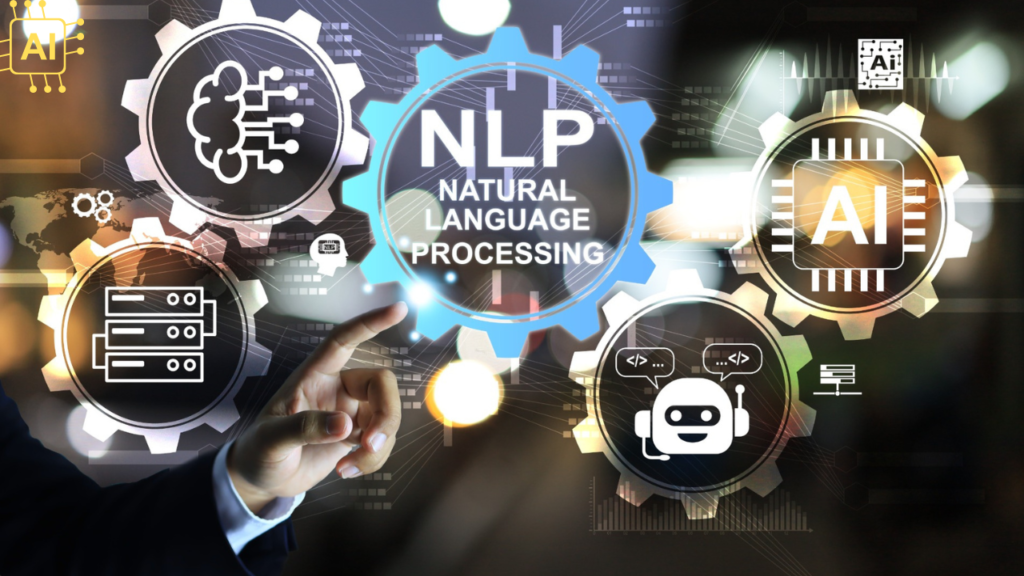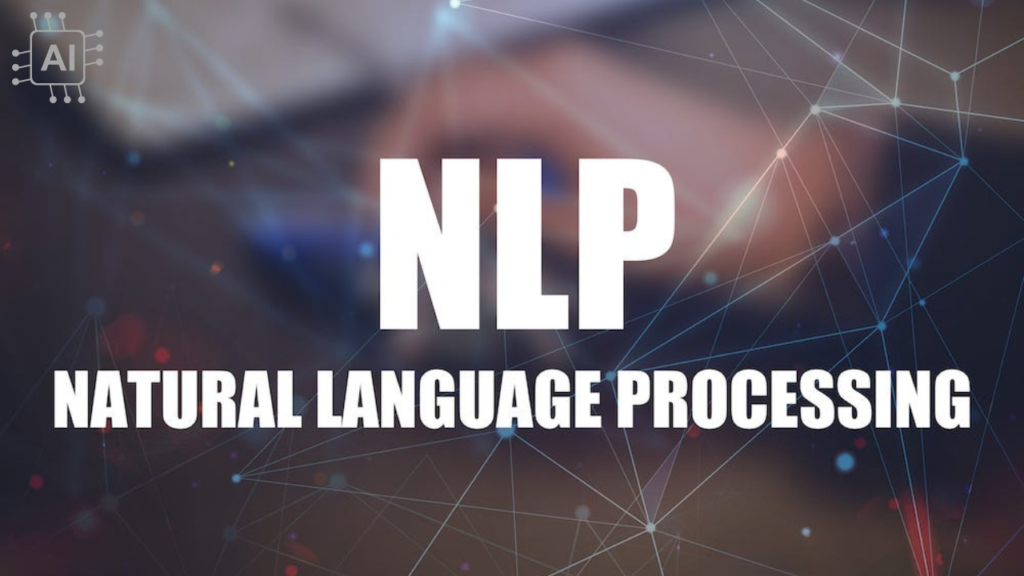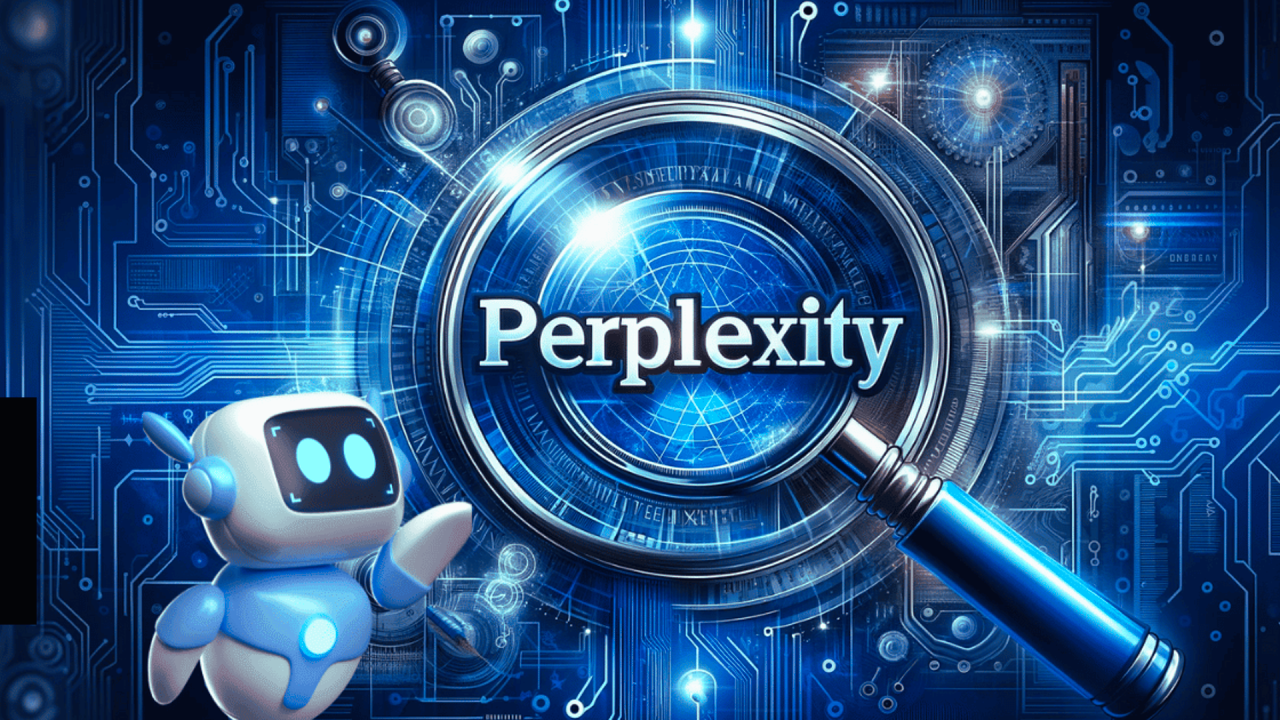
Introduction to Natural Language Processing (NLP)
Natural Language Processing (NLP) is a rapidly evolving field at the intersection of linguistics, computer science, and artificial intelligence.
NLP focuses on the interaction between computers and human language, enabling machines to read, understand, and even generate human speech and text.
The applications of NLP are vast, from voice recognition systems and chatbots to machine translation and sentiment analysis.
This article will provide an in-depth exploration of NLP, its importance, key concepts, and how it’s reshaping the future of technology.
What is Natural Language Processing (NLP)?
NLP enables machines to understand and interpret human language in a way that is valuable and actionable.
Unlike structured data, human language is often ambiguous and complex, filled with nuances that make it difficult for computers to interpret without the aid of sophisticated algorithms.
NLP solves this by employing various computational techniques to bridge the gap between human communication and machine understanding.
The key to NLP’s success lies in its ability to transform unstructured data like text and speech into structured data that machines can process.
This transformation involves text preprocessing, tokenization, part-of-speech tagging, parsing, and more advanced techniques like semantic analysis and machine learning models.
Key Components of NLP

To truly understand the workings of NLP, it is essential to break it down into its core components:
1. Tokenization
Tokenization is the process of splitting a body of text into individual units or “tokens,” which can be words, phrases, or sentences.
These tokens serve as the fundamental building blocks for further analysis in any NLP model.
Tokenization is crucial because it simplifies the complex structure of human language, allowing the machine to handle the text more easily.
2. Lemmatization and Stemming
Both lemmatization and stemming are techniques used to reduce words to their root forms.
While stemming truncates words to their base or stem form, lemmatization focuses on mapping words to their dictionary forms.
For instance, stemming might reduce “running” to “run,” but lemmatization would identify “running” as a form of the verb “to run.”
This process enhances the accuracy of NLP models, ensuring that different forms of a word are treated as a single entity.
3. Part-of-Speech (POS) Tagging
Part-of-Speech tagging assigns a grammatical category (such as noun, verb, adjective, etc.) to each token in a sentence.
POS tagging helps machines understand how words function within a sentence, providing essential context.
For example, the word “run” could be tagged as a verb (“I run daily”) or a noun (“I went for a run”). Accurate POS tagging is critical for further steps like syntax parsing and semantic analysis.
4. Named Entity Recognition (NER)
Named Entity Recognition involves identifying and classifying proper nouns such as names of people, organizations, locations, and dates within a text.
NER is particularly valuable in fields like information retrieval, question answering systems, and automated summarization, where recognizing key entities can provide actionable insights.
5. Sentiment Analysis
Sentiment analysis is one of the most widely used applications of NLP, particularly in industries such as marketing, customer service, and social media analysis.
By analyzing text data, sentiment analysis determines the overall sentiment or emotion behind a piece of text—whether it is positive, negative, or neutral.
This allows businesses to gauge customer sentiment and make informed decisions based on public opinion.
6. Machine Translation
Machine translation uses NLP to translate text or speech from one language to another. Popular platforms like Google Translate employ NLP algorithms to interpret, analyze, and generate language in real-time.
Although machine translation has come a long way, accurately capturing the cultural nuances and context of a language remains a challenge.
7. Text Summarization
Text summarization is the process of reducing a large body of text to its most essential points.
This technique is invaluable in industries like journalism, legal documentation, and research, where summarizing information can save time while still providing a comprehensive understanding of the material.
How NLP Works: Techniques and Algorithms
NLP relies on several sophisticated techniques and algorithms to process and generate human language. These include:
1. Rule-Based Systems
In the early stages of NLP development, rule-based systems dominated the field.
These systems use manually coded linguistic rules to interpret and generate human language.
While effective in limited contexts, rule-based systems struggled to scale and adapt to the vast complexities of language, especially as more diverse and unstructured data became available.
2. Machine Learning and Deep Learning Models
With advancements in machine learning (ML) and deep learning, NLP experienced a revolutionary shift.
Statistical models and deep learning algorithms like recurrent neural networks (RNNs) and transformers (such as the BERT and GPT models) now allow NLP to process vast amounts of data, recognize patterns, and generate language with a high degree of accuracy.
These models are trained on large datasets, enabling them to generalize and handle new, unseen data more effectively than rule-based systems.
3. Transformers and Attention Mechanisms
The introduction of the transformer architecture and attention mechanisms has significantly improved NLP’s ability to handle long-range dependencies in text.
Unlike RNNs, which struggle with maintaining context in long sentences, transformers use self-attention mechanisms to weigh the importance of different words in a sentence, making them ideal for tasks like translation, question answering, and text generation.
Applications of NLP in the Real World

1. Chatbots and Virtual Assistants
Chatbots and virtual assistants like Siri, Alexa, and Google Assistant rely heavily on NLP to understand user queries and respond in natural language.
These systems use a combination of speech recognition, text analysis, and machine learning to engage in meaningful conversations with users.
2. Sentiment and Social Media Analysis
In the age of digital marketing, sentiment analysis is essential for understanding consumer opinions.
NLP tools are widely used to analyze customer reviews, social media posts, and product feedback.
By leveraging sentiment analysis, businesses can measure the public’s perception of their brand and tailor their strategies accordingly.
3. Healthcare
NLP is transforming the healthcare industry by facilitating the analysis of clinical records, improving diagnostic accuracy, and enabling the development of more advanced medical chatbots that provide personalized healthcare advice.
Additionally, NLP-powered systems can assist doctors in medical imaging and predictive analysis by scanning large sets of medical data.
4. Fraud Detection
NLP also plays a critical role in fraud detection by analyzing textual patterns in emails, transaction descriptions, and other documentation to detect potentially fraudulent activity.
This application is particularly useful in banking and financial services, where early detection of fraud can save organizations significant resources.
Challenges Facing NLP
Despite its advancements, NLP still faces several challenges, including:
1. Ambiguity in Language
One of the biggest challenges in NLP is the inherent ambiguity in human language.
Words can have multiple meanings based on context, and capturing this nuance is difficult for machines. For instance, “bank” can refer to a financial institution or the side of a river, depending on the context.
2. Cultural and Linguistic Diversity
Languages evolve over time, and regional dialects or slang add another layer of complexity to NLP models.
Additionally, many NLP systems are biased toward English or Western languages, meaning that they struggle with underrepresented languages.
3. Ethical Concerns
NLP models, particularly those built on large datasets, may inadvertently learn and perpetuate biases present in the data.
This can lead to biased decision-making in applications like hiring algorithms or credit scoring systems, raising significant ethical concerns.
Conclusion
Natural Language Processing is a transformative technology that is revolutionizing the way we interact with machines and analyze vast amounts of unstructured data.
From chatbots to machine translation, NLP’s applications are far-reaching, and its potential to reshape industries is immense.
As advancements in deep learning and machine learning continue, the accuracy and capabilities of NLP models will only improve, driving innovation across sectors.


